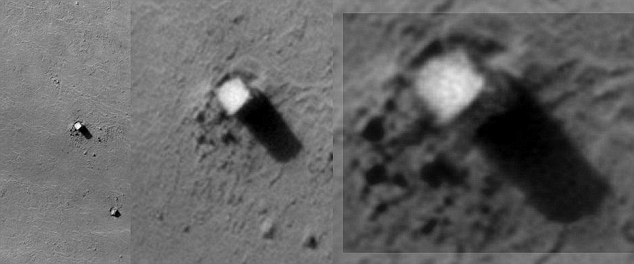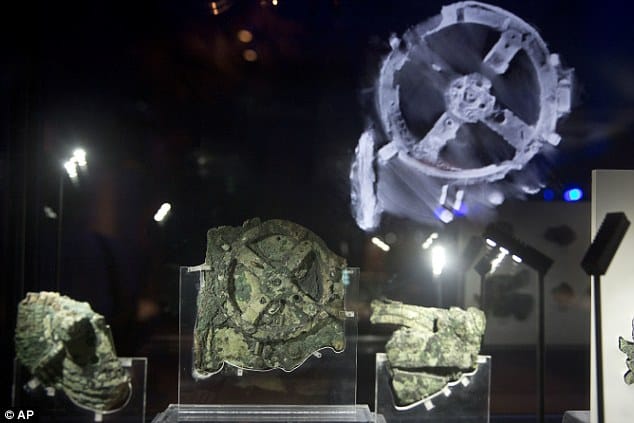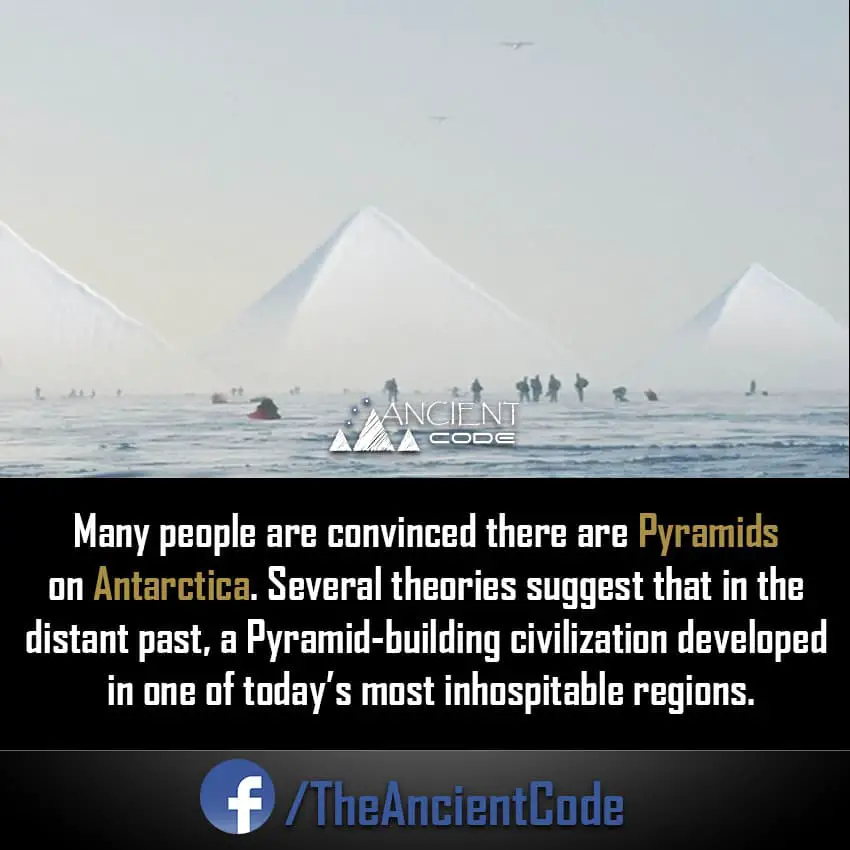
Mars’ moon Phobos might turn out to be one of the most mysterious ‘inexplicable’ Satellites in our solar system.
ESA sources recounted “a Phobos’ interior filled with ‘cavernous, geometric rooms … right-angle walls … and floors — detectable via the semi-regular ‘structure of the returning, interior radar echoes …’ as they were impressed upon the reflected MARSIS signals …'”
With all of the enigmatic and mysterious features surrounding Mars’ moon Phobos, numerous researchers have questioned the mysterious origins of this enigmatic satellite orbiting the red planet. Even today, with all of the technology and instruments available to scientists, we have not been able to fully understand, nor explain the origin of this controversial Martian moon.
Was Phobos some sort of engineered Alien ‘outpost’ as some suggest? Was it created by an advanced Martian civilization that inhabited the red planet in the distant past? These are just some of the questions that have been ‘spinning’ around Phobos in the last couple of decades.
There have been numerous reports about Phobos and its enigmatic origin and the truth behind this celestial body might be far more mysterious than we are willing to accept.
According to Dr. S. Fred Singer, special advisor to former President of the United States Eisenhower, Phobos might be an artificial satellite launched into orbit around Mars a long time ago by a highly advanced Martian Civilization.
However, Dr. Singer wasn’t the first and only researchers to suggest such a radical theory about Phobos. In fact, the first similar claims were made by Societ astrophysicist Iosif Samuilovich Shklovsky who firmly believed intelligent design is present within Phobos.
In a February 1960 letter to the journal Astronautics Dr. Singer said the following about the theory proposed by Shklovsky:
„If the satellite is indeed spiraling inward as deduced from astronomical observation, then there is little alternative to the hypothesis that it is hollow and, therefore, Martian made. The big ‘if’ lies in the astronomical observations; they may well be in error. Since they are based on several independent sets of measurements taken decades apart by different observers with different instruments, systematic errors may have influenced them.“ (Source: Singer, S. F.; Astronautics, February 1960)
Shklovsky based his decision on a long study of Phobos’ peculiar orbit, which other astronomers have noted. The Russian claim has calculations and those of earlier astronomers prove Phobos cannot possibly be an ordinary moon. (Source)
Shklovsky also wrote a book on SETI in 1966 called Intelligent Life in the Universe, a book in which famous astronomer Car Sagan participated in.
The theory proposed by Shklovsky gained further credibility when in 1963, Raymond H. Wilson Jr., Chief of Applied Mathematics at NASA joined the conclusions proposed by Shklovsky and Dr. Singer, concluding that “Phobos might be a colossal base orbiting Mars.”
During the Symposium on Unidentified Flying Objects – Hearing before the Committee on Science and Astronautics, Sagan was asked by Congressman Roush if Shklovsky shared his views. Sagan replied:
“I think he shares my restraint. I think both of us would say we think this is an extremely important subject, that we are on the frontier of being able to find out, but that neither of us knows whether there is or isn’t life out there. Let me say if it turns out there isn’t life on Mars, that is almost as interesting as if we find there is life on Mars, because then we have to ask, what happened differently on Mars than on the Earth so that life arose here and not there. That will surely give us a very profound entry into the question of follow-up of evolution and the cosmic context.” (Source)
The Phobos Monolith
One of the most enigmatic features of Phobos is without a doubt the mysterious monolith on its surface. The boulder of about 85 meters in height is an unidentified geological feature which is believed to consist out of a massive single piece of rock. Nothing in the vicinity of the monolith has a similar shape or size, so the question is, what is it? What is its purpose? And who placed it there? Rumors about the object became so intense that famous “Buzz” entered into the debate.
Buzz Aldrin, the second man to walk on the surface of the moon, surprised many by saying, “We should visit the moon of Mars, there’s a monolith there, a very unusual structure on this little potato shaped object that revolves around Mars once every seven hours. When people find out about that they are going to say, “Who put that there? Who put that there?” Well, the universe put it there, or if you choose God put it there.’
Cydonians and Utopians: The Two dominating Martian Civilizations
Today there are many researchers who have to believe that it’s very likely that in the distant past, the red planet could have supported the development of intelligent life. One of the researchers who shares this opinion is Dr. John Brandenburg, who has a Ph.D. in Theoretical Plasma Physics from the University of California and he is currently working as a plasma physicist at Orbital Technologies in Madison Wisconsin.
According to Dr. John Brandenburg, there is enough evidence to prove that at least two major nuclear blasts went off on the surface of the red planet in the distant past. The theory proposed by Dr. Brandenburg is based on the traces of uranium and thorium that have been registered on the surface of Mars. This Martian civilization was wiped out by another hostile alien race from elsewhere in the universe. Dr. Brandenburg warns that our civilization could face the same faith.
The Hollow Moon
Theories that Phobos is, in fact, a hollow ‘artificial’ satellite go back half a century at least. While this theory has been strongly refused by scientists, mapping of Phobos performed by the Mars Express probe suggest the presence of voids and indicate that it is not a solid chunk of rock but a porous body and researchers have calculated that over 30 percent of Phobos is, in fact, empty suggesting that it isn’t a solid body like many have suggested in the past.
For a Martian moon that is demonstrably “1/3 hollow” … as measured by two totally independent space programs, and separated by ~20 years … under any likely astrophysical formation scenario cannot exist as just a “natural” moon. The MARSIS radar imaging experiment — according to “inside” ESA sources recounted “a Phobos’ interior filled with ‘cavernous, geometric rooms … right-angle walls … and floors — detectable via the semi-regular ‘structure of the returning, interior radar echoes …’ as they were impressed upon the reflected MARSIS signals ….'” (Source)






